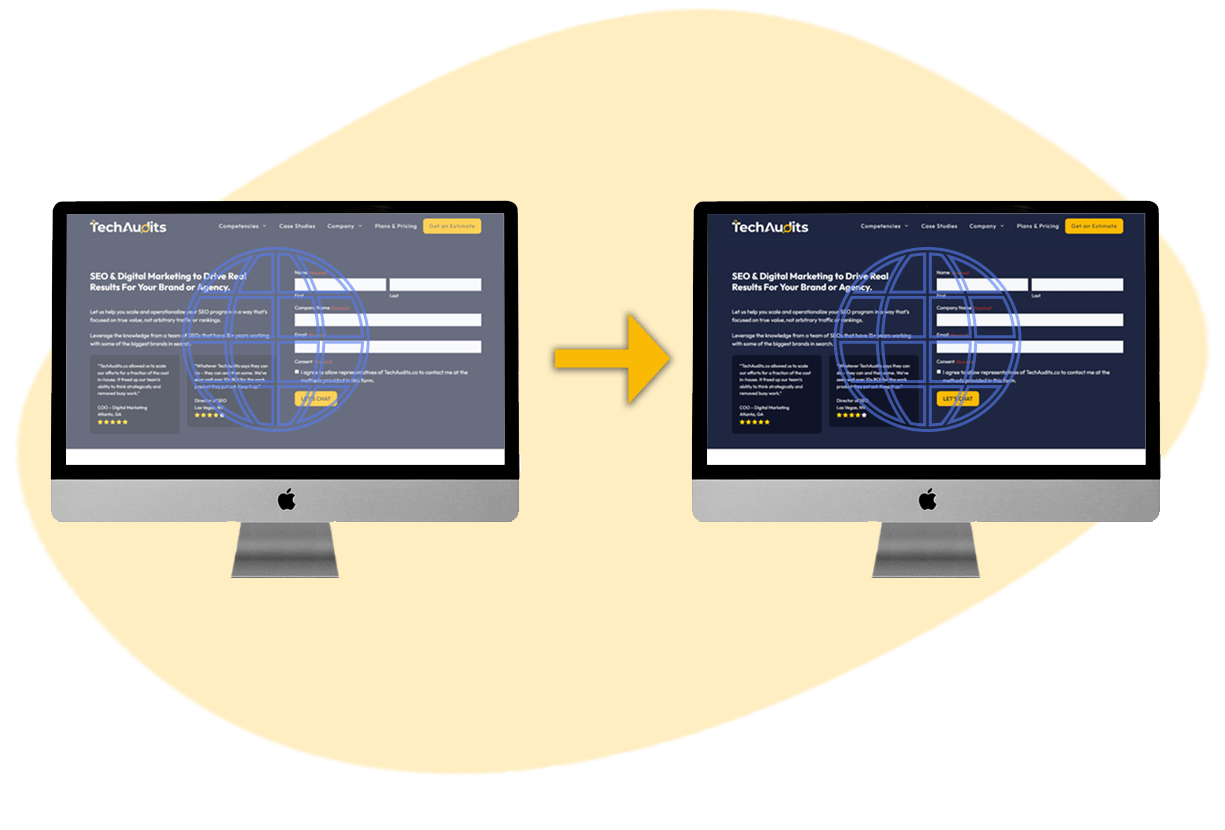A well-done site migration can elevate your site to the next level. A poorly-done migration can be detrimental.
There are many different types of migrations – each with their own unique risks and benefits. The TechAudits team has worked through just about every migration type you can think of and we’ve seen the good and the bad. Here are some of the types of website migrations that require thoughtful planning to preserve and expand SEO value:
- Changing CMS
- Moving servers or hosting provider
- Rebranding
- Domain consolidation
- Splitting a website into multiple domains
- Subdomain to Subfolder
- Website redesign
- CDN (content delivery network)
- Changing ecommerce platforms
- Responsive design
- Technology stack upgrade

Proper migrations take intricate planning and timing. It’s more than a checklist or best practices.
URLs
URL planning is essential in any type of migration. If your URLs are intentionally changing, ensure you have the proper 301 redirects planned and ready to go without delay. If they are not changing, ensure consistency pre- and post-migration.
Crawlability
A primary migration requirement is ensuring your content remains easy to discover and crawlable by search engines. This includes several audits including robots.txt, sitemaps, meta robots and other page-level directives, internal linking, and site hierarchy.
Indexability
After ensuring search engines can discover your content, you need to manage crawl budgets and priorities through indexability. Indexation issues are common in migrations and can take significant time to recover if not handled properly.
Content Consistency
One of the most important items in a migration is the consistency of your site content. This not only includes what words are published on which URLs, but also multimedia, loading and rendering performance, JavaScript usage, and more.
Minimize risk during any kind of website migration.
Ensure a smooth migration to retain the most value.
How can website migration guidance help you achieve your goals?
Site migrations are an exciting SEO challenge because require balance between growth potential and risk mitigation. Especially when dealing with large or complex websites, there are many moving parts that need to be considered to prevent damaging the site performance or user experience, as well as set the site up for long-term growth.
A migration that includes a site redesign or performance optimization can lead to faster load times, better mobile responsiveness, and a more intuitive user interface, which can reduce bounce rates and increase user engagement.
Restructuring the site’s content during a migration can make it easier for users to find information and for search engines to crawl and index the site, potentially boosting SEO performance by improving content discoverability.
Combining multiple domains or subdomains into a single one during migration can consolidate backlink profiles and domain authority, leading to improved search engine rankings for the primary site.
A migration is an opportunity to update and optimize on-page and global SEO elements, which can enhance the site’s relevance and visibility in search engine results.
Moving to a modern CMS or platform can eliminate outdated code and technical issues that were hindering performance on the old site, leading to smoother operations and fewer errors.
By reorganizing site architecture and internal linking during migration, you can improve the flow of link equity throughout the site, helping key pages rank better and boosting overall SEO performance.
Migrating to a more modern platform or optimized hosting environment can significantly improve site speed and performance, leading to higher user satisfaction and better SEO outcomes.
in organic website traffic
in qualified leads generated